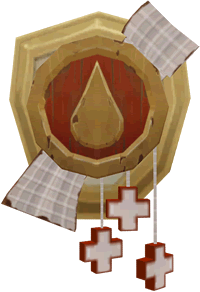In Part 2: Healing, Abilities, and Multiple Characters, I gave three examples of how you can heal a group without the use of your hands:
- Referencing group members by name or alias (difficult when players names’ include non-standard characters)
- Mouseover healing, cascading to target-healing, cascading to self-healing
- Referencing group members by numerical index (1-4)

Within a raid environment, approaches 1 and 2 serve reasonably well. The numerical index system used in a group can get a little tricky, though. Because, while it’s possible for you to heal the thirty-second member of your raid by saying, Mend 32 to issue the /use [raid32] Swiftmend command, it’s difficult and kludgy to identify raid members visually (it would also likely conflict with your group-healing macro, depending on where your group falls within the raid). But by leveraging any one of the many grid-style raid addons, it’s possible to solve both of these issues.
Recent Comments